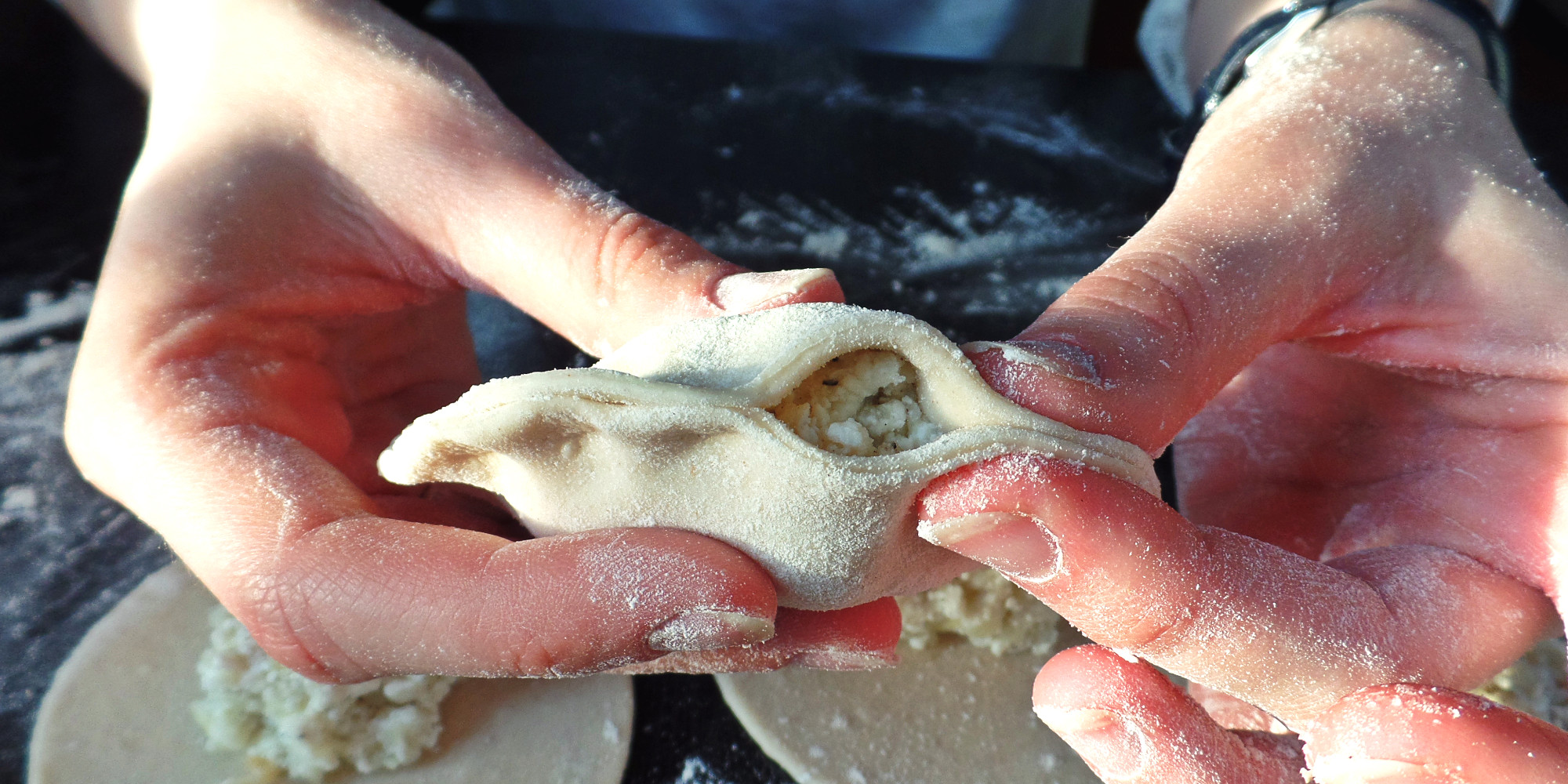
‘Pierogi’ is one of Poland’s most famous dishes: here’s everything you need to know about these emblematic dumplings.
Countless dishes are on offer in every country, under different names and forms. They often have a common denominator, an element that makes them similar. What sets them apart, however, are the finer details. For example, we have Italian ravioli, Japanese gyoza and Mexican empanadas. These dishes have similarities, but each has a different method of preparation and serving. It’s a similar case with their Polish equivalent, pierogi, which is one of the country’s most famous dishes (‘pierogi’ means ‘dumplings’).
Different cultures, different seasons, different stuffings
Although pierogi are considered to be a national dish by the Poles, similar to dishes are served in neighboring countries such as Belarus, Slovakia and Ukraine. Pierogi are characterised primarily by the stuffing, the most traditional being potatoes and cottage cheese, although meat, mushrooms, cabbage or different types of groats can also be used. Equally popular are the sweet versions, which are filled with berries or strawberries – the latter are usually served during the summer.
Pierogi appeared around the 13th century, having been introduced to central European cuisine from the Far East. Initially, they were mainly eaten by the poor, but over time their importance has grown and they are now considered to be exceptional dishes, prepared for significant occasions, such as Christmas.
The dough and stuffing varies from region to region in Poland, with the most popular dough consisting of wheat flour, water, eggs, a little salt and butter. After combining the ingredients, the dough is formed for a few minutes by hand to add resilience so it will not break up when boiled. Before this happens, the dough should be rolled out. If it goes too thin, the stuffing will flow out during boiling.

“Edible flowers and herbs, various meats and exotic fruits”
The dumplings must cook for a few minutes from the moment they rise to the surface of the water-filled pot. They are then ready to serve; savory pierogi are often accompanied by fried onions and greaves, while sweet dumplings are topped with sour cream or sprinkled with sugar.
Other ways of preparing pierogi include baking them in an oven, which browns the dough and makes it crunchy. Polish chefs are constantly experimenting with this dish, using different flours and stuffing. Restaurants now offer dumplings filled with edible flowers and herbs, various meats and exotic fruits. And although Poles consider pierogi to be their dish, the most recipe – stuffed with potatoes and cream cheese – is called ‘Ruskie pierogi’, which translates as ‘Russian dumplings’.







